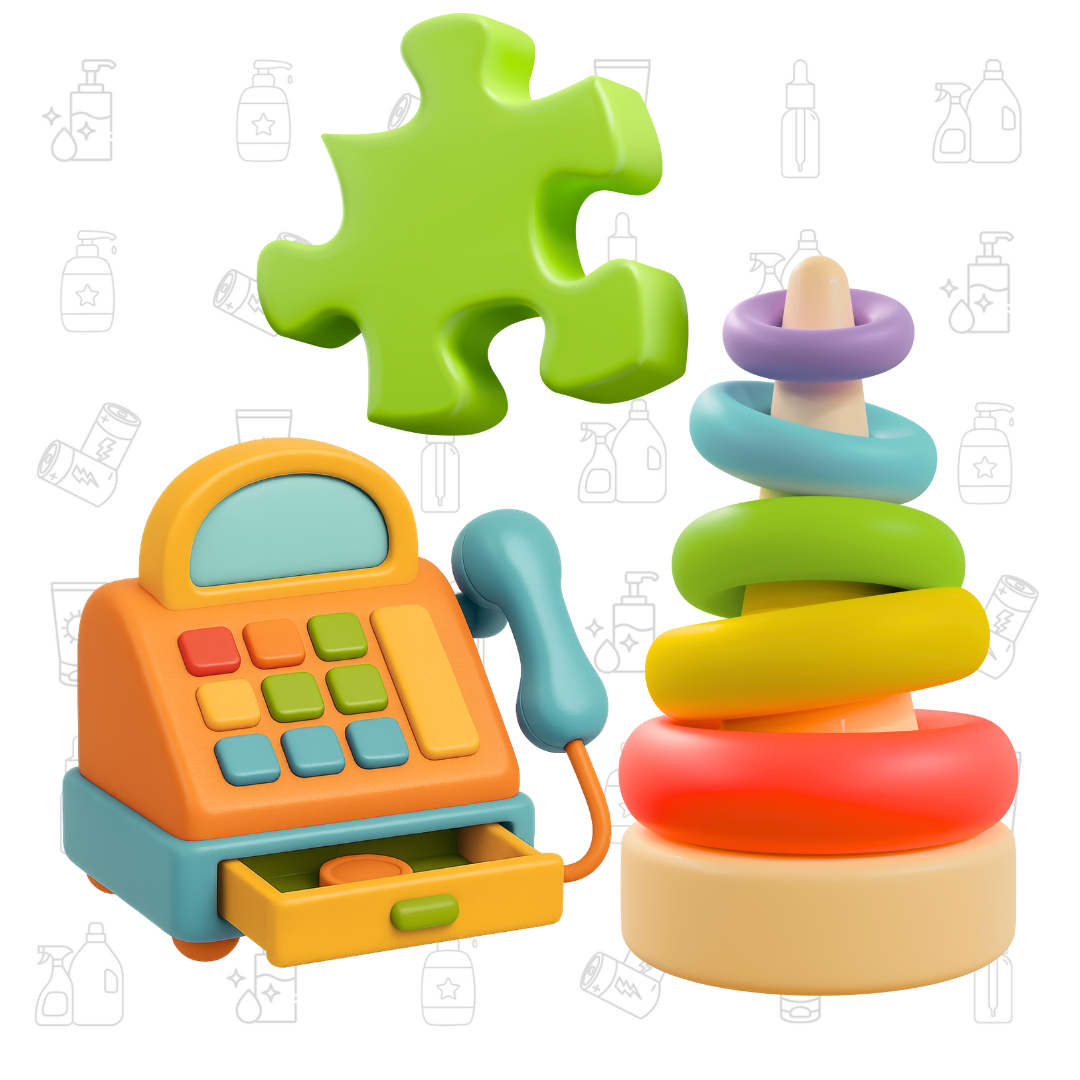
Once upon a time, in the golden age of Saturday morning cartoons and sticky mall floors, there was a magical kingdom called Toys"R"Us. It was a place where kids could roam free (well, aisle-bound) and where Geoffrey the Giraffe reigned supreme. But like all cautionary tales, this one has a plot twist involving a tech giant, a shortcut, and a third-party wild west that—spoiler alert—did not end well.
Let’s rewind.
In 2000, instead of building its own e-commerce site (like its competitors were beginning to), Toys"R"Us made a fateful decision: let's just let Amazon do it for us. The plan was simple—Amazon would run the online toy store so Toys"R"Us could stick to doing what it did best: stores, toys, and that signature burst of childhood serotonin when you walked into one.
On paper, this partnership made sense. Amazon had the tech infrastructure. Toys"R"Us had the toys. Match made in retail heaven, right?
Wrong.
Within a few years, Toys"R"Us noticed something… odd. Despite their exclusivity deal, Amazon had started letting third-party (3P) sellers hawk the same toys—sometimes cheaper, sometimes faster, and sometimes with shipping policies that felt like they were written by gremlins. It wasn’t just breaking the rules—it was quietly building a parallel toy universe.
Toys"R"Us sued. They won the lawsuit but lost the war.
By the time they regained control of their e-commerce destiny, the retail landscape had already shifted beneath their feet. Consumer habits had changed. Trust had shifted. And worst of all? Their brand—once synonymous with play—was now associated with missed opportunity.
So what actually went wrong?
Let’s break it down:
So what’s the takeaway for modern retailers?
Don’t let someone else define your digital shelf. Especially not when it comes to third-party sellers. Yes, they can boost assortment. Yes, they can expand reach. But without guardrails—clean data, accurate classifications, regulatory compliance—you end up with a messy toybox and a brand that’s no longer fun to play with.
At SmarterX, we help retailers make sure that doesn’t happen. Our AI-powered tools make sense of product data at scale—so you can confidently manage your digital aisles, keep up with regulations, and avoid getting toyed with by 3P chaos.
Because in retail, it’s not just about having the most products. It’s about knowing exactly what they are, what they contain, and what to do with them.
Otherwise? You risk becoming a bedtime story.
—
Want help avoiding a Geoffrey-level plot twist? Hop on a call with us.